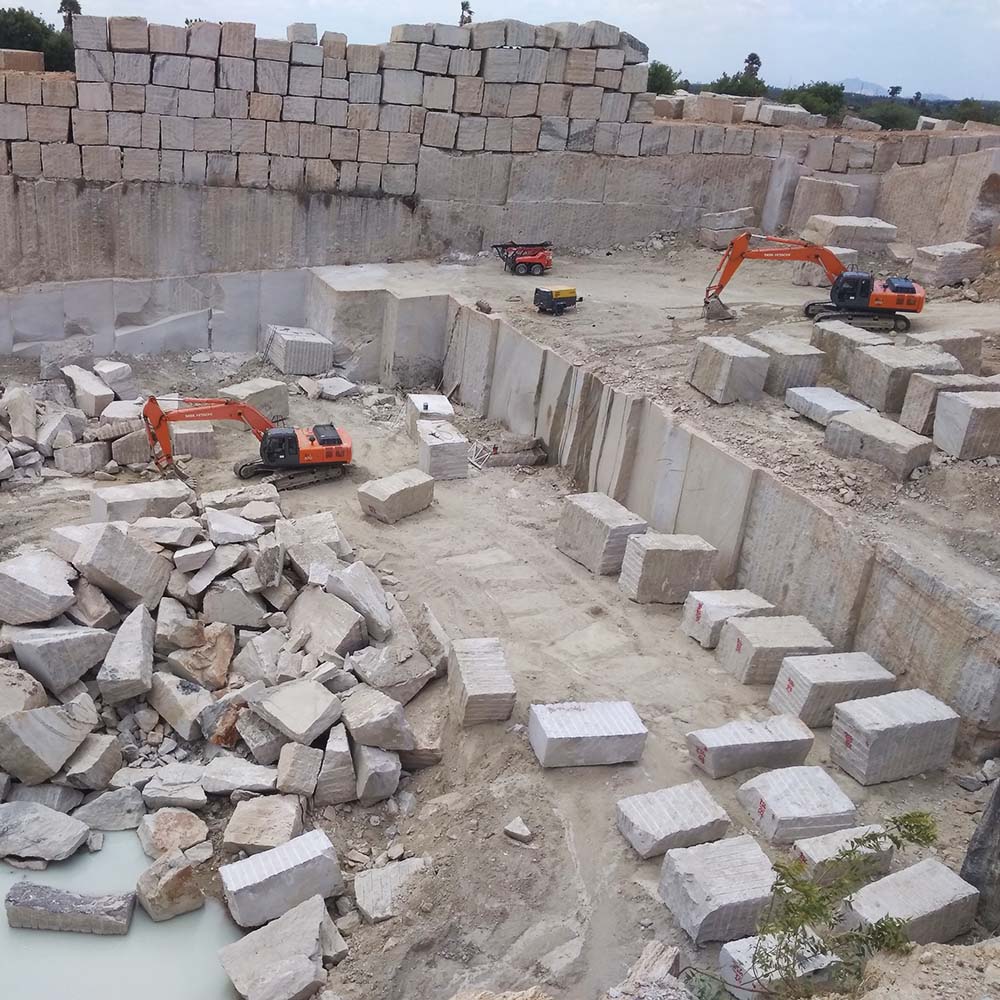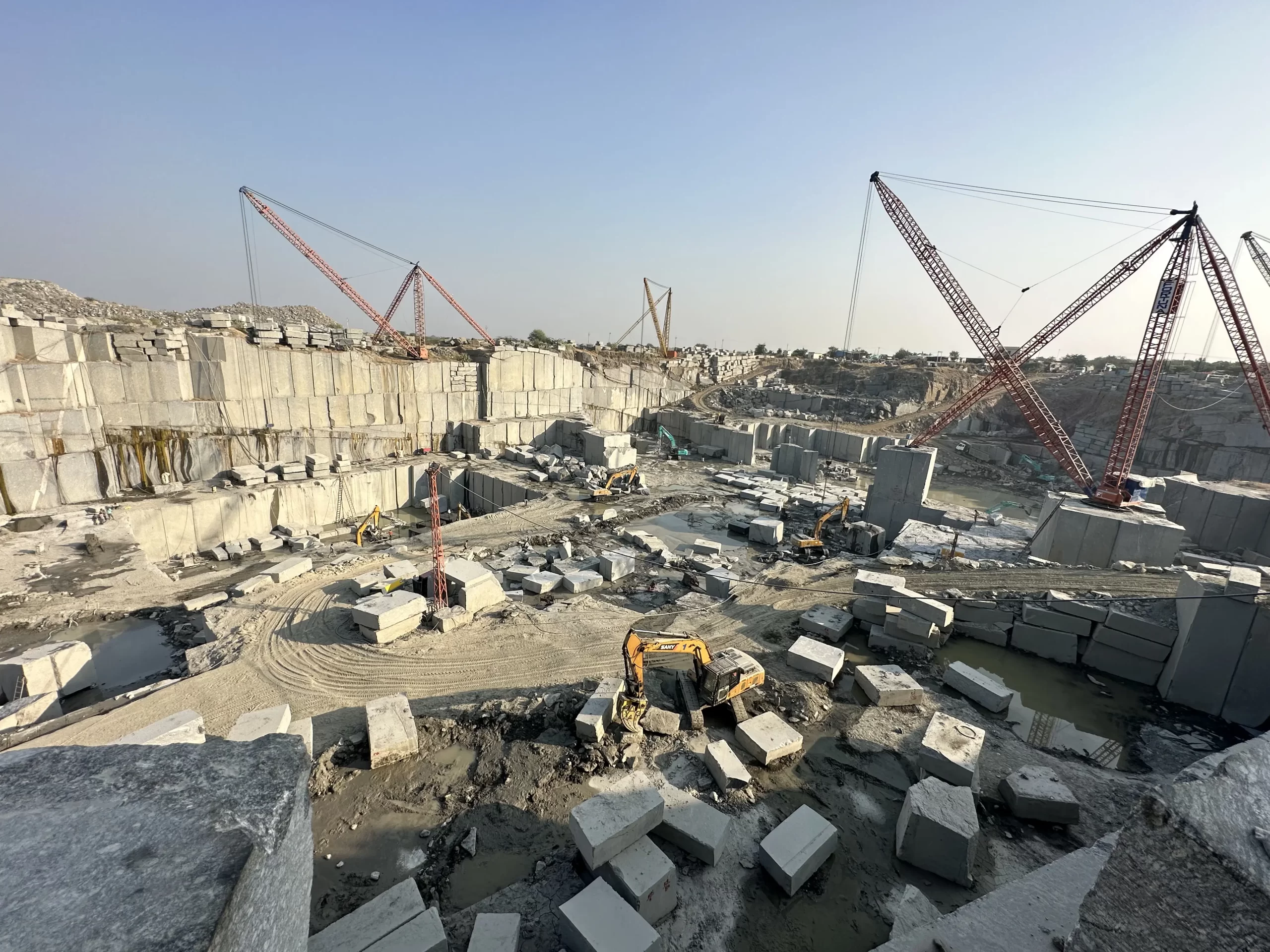Journeying Through Granite Quarries in South Africa: A Visual Odyssey
Journeying Through Granite Quarries in South Africa: A Visual Odyssey
Blog Article
Revealing the Mysteries of Granite Quarrying: Where Toughness and Beauty Meet
The globe of granite quarrying is a realm where the raw stamina of nature merges with human artistry to create frameworks that stand the examination of time with an air of beauty. From the midsts of quarries to the meticulous polishing in workshops, the procedure of transforming granite right into building wonders is a complex dance of custom and advancement. As we peer right into the midsts of this old craft, we begin to discover the concealed intricacies that shape the extremely essence of our constructed environment.
The Origins of Granite Quarrying
In the record of architectural history, the origins of granite quarrying are shrouded in a tapestry of ancient craftsmanship and geological wonders. Going back to old Egypt and Mesopotamia, the extraction of granite from quarries marked the beginning of a journey that would ultimately cause the creation of several of the globe's most iconic frameworks.
Granite quarrying's origins can be mapped to the skilled craftsmens that acknowledged the rock's durability and visual appeal. With a combination of primitive tools and sheer decision, these early quarry workers discovered granite blocks that would come to be the foundation of worlds.
As civilizations progressed, so did the techniques of quarrying granite. The Romans, renowned for their engineering expertise, developed advanced approaches for extracting granite to create monuments, temples, and roads that stood the examination of time.
The legacy of these old quarrying practices proceeds to shape modern architecture, with granite continuing to be a sign of strength and style in building and construction projects around the world. (granite quarries in south africa)
Devices of the Quarrying Profession
The advancement of granite quarrying techniques from ancient people to modern times highlights the essential function played by the devices of the quarrying profession in shaping the sector's techniques. In ancient times, quarrying devices were primary, often containing chisels, hammers, and wedges made from products like bronze or iron. These tools called for significant manpower and time to extract granite obstructs from quarries.

In addition, the intro of pneumatic devices and high-powered machinery has actually considerably reduced the physical labor needed in quarrying operations, enhancing worker safety and security and efficiency. As the quarrying sector remains to introduce, the tools of the trade remain at the center of driving progression and shaping the future of granite extraction.
Drawing Out Blocks of Granite
Making use of accuracy machinery and advanced strategies, the extraction of granite obstructs from quarries has become an innovative process in the modern quarrying sector. Managed blowing up methods are then used to break apart the granite right into workable areas.

Polishing and Ending Up Methods
To achieve a remarkable surface area on granite blocks, competent artisans use a series of thorough sprucing up and finishing strategies. After the preliminary extraction and forming procedures, the granite blocks undertake a complete polishing phase to improve their natural appeal and longevity. One typical approach utilized in brightening granite is diamond abrasion, where commercial rubies are made use of to grind and polish the rock to a smooth surface. This process not just develops a lustrous surface however also makes certain harmony in shade and structure throughout the granite block.
In addition to sprucing up, finishing methods are related to additional fine-tune the granite's look. These strategies may include flaming, honing, or brushing, each offering one-of-a-kind structures and coatings to match different visual choices. Flaming, as an example, includes revealing the granite surface area to heats to produce a harsh, textured coating, suitable for outdoor applications where slip-resistance is vital. Refining, on the other hand, supplies a matte surface that is smooth to the touch, best for indoor countertops and flooring. By very carefully picking and applying these polishing and finishing techniques, artisans can change raw granite blocks right into charming pieces that display both stamina and sophistication.

Environmental Effect and Sustainability
With the growing focus on environmental awareness in the market, granite quarrying practices are increasingly looked at for their impact on natural sources and long-lasting sustainability. In addition, the transport of granite from quarries to refining facilities generates carbon exhausts, this website additionally adding to environmental destruction.
To alleviate these influences and make certain sustainability in granite quarrying, market stakeholders are adopting different procedures. Carrying out sophisticated modern technologies to decrease power consumption and water use, reclaiming quarried land for ecological restoration, and promoting liable sourcing techniques are some methods being used. Additionally, accreditations such as the Forest Stewardship Council (FSC) and the Management in Power and Environmental Layout (LEED) help consumers recognize environmentally friendly granite items.
Conclusion
Finally, granite quarrying is a process that calls for specialized tools and strategies to essence blocks of granite and polish them to a high degree of finish. While the environmental influence of quarrying can be considerable, efforts are being made to improve sustainability techniques in the market. On visit their website the whole, granite quarrying is a fragile equilibrium in between using the toughness and style of this natural stone while decreasing its effect on the atmosphere.
Report this page